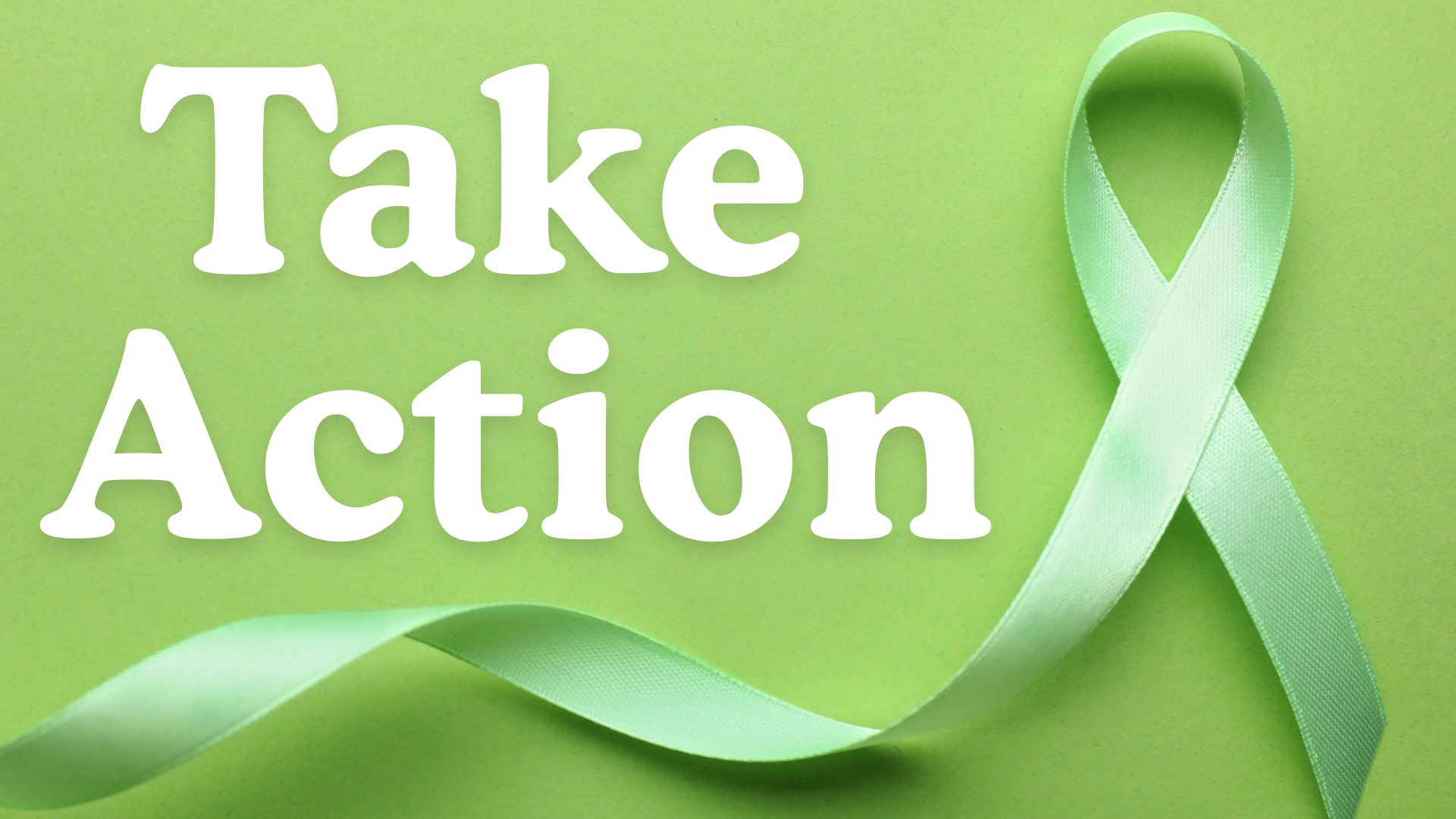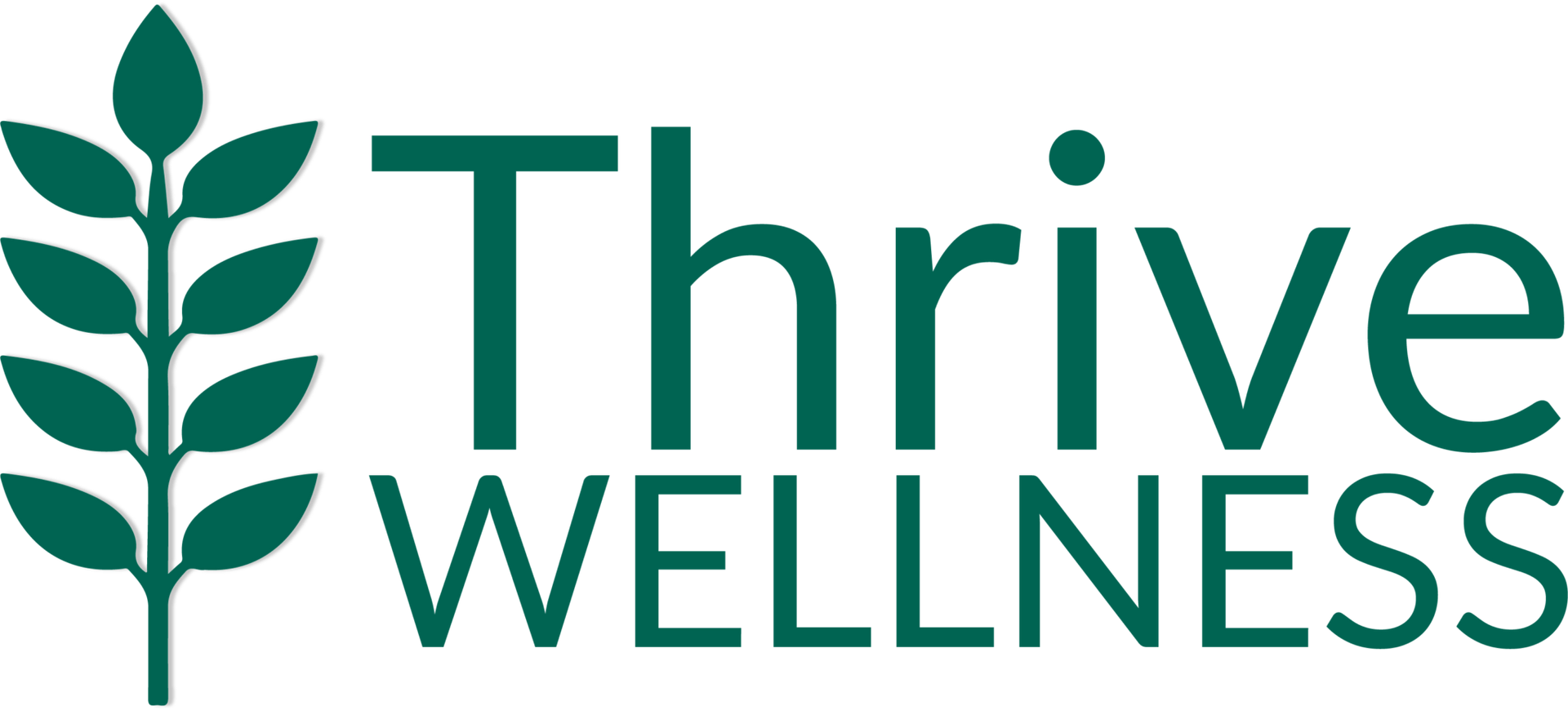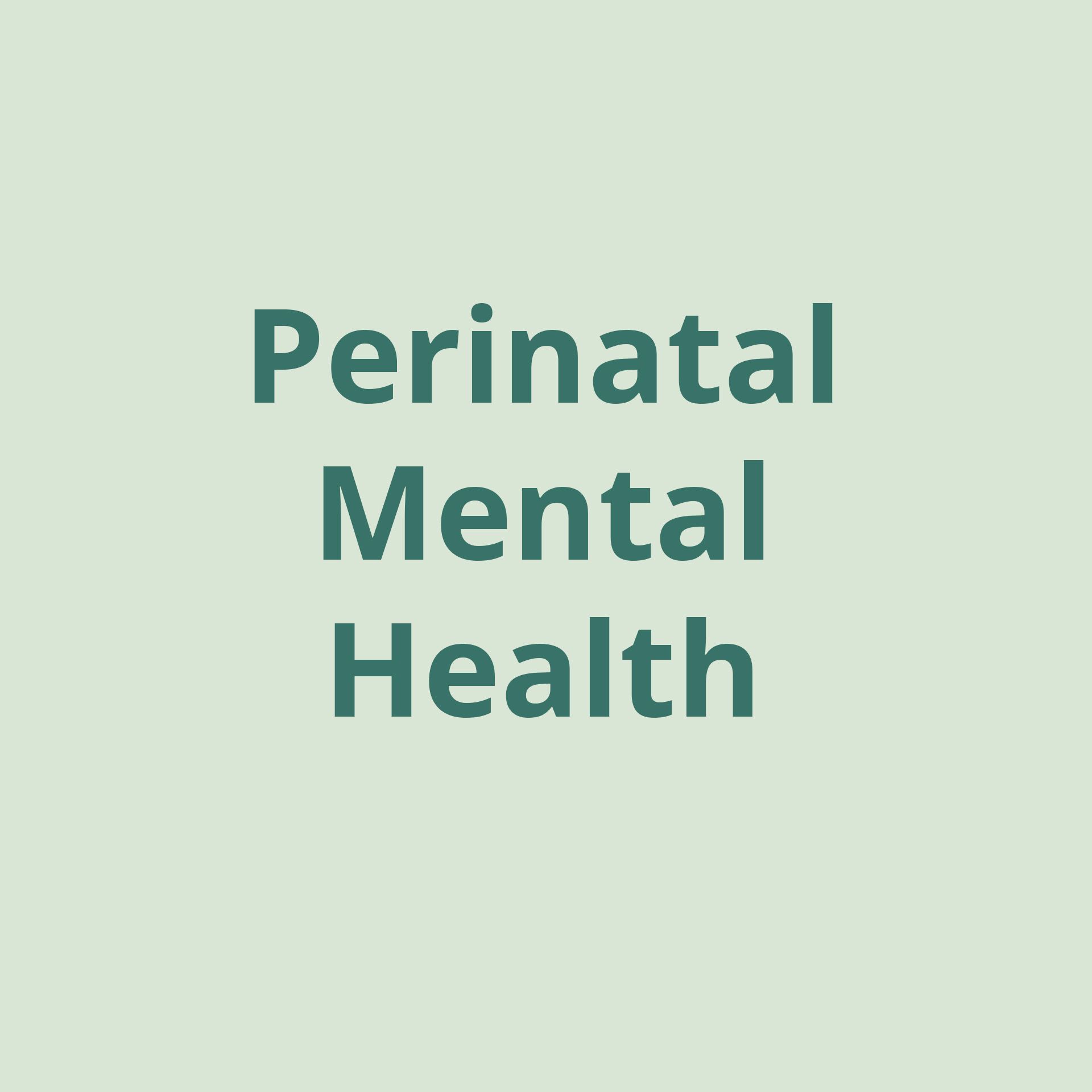May 15, 2025
Taking steps to protect and maintain good mental health is key to living your best life. Whether it's managing stress, building emotional resilience, or simply finding a moment of peace during your busy day, developing a set of strategies to protect your mental health is essential. This Mental Health Awareness Month is all about turning action into awareness, so why not take action today to care for yourself and improve your mental health? This guide outlines ten impactful activities you can incorporate into your daily routine to boost your mental health starting today. By incorporating these activities into your days, you can take control of your mental health journey, grow personally, and improve your relationship with yourself and others. Why is Taking Action for Your Mental Health Important? Understanding the significance of proactive mental health care can change how we treat ourselves and move through our everyday lives. Taking action for yourself not only improves your overall well-being but also helps prevent existing or potential issues from becoming more severe. When you prioritize your mental health, you’ll feel a greater sense of happiness and productivity, paving the way for stronger relationships and a fuller, more enjoyable life. Focusing on your mental health is not just about problem-solving, but about living in a balanced and fulfilling way that supports your overall well-being and ability to thrive. 10 Effective Activities for Improving Your Mental Health It’s essential to have a repertoire of activities on hand that can boost your mental health. Simple activities like sleeping enough, meditating, spending time with a friend, or seeing a therapist can have huge impacts on your overall mental wellness. Prioritizing your mental health doesn’t have to be complicated or difficult, it’s just about doing activities that make you feel joyful, relaxed, or energized, fueling a better outlook on life overall. Here are 10 activities you can do today to help your brain and body to feel their best: 1. Mindful Practices Practicing mindfulness is a simple yet impactful step you can take in improving and protecting your mental health. Mindfulness practices include activities like meditating and mindful breathing to calm the mind and reconnect with the body. Meditation and breathing exercises are shown to reduce stress, improve focus, and grow your self-awareness. For more breathing exercises for anxiety relief, download our free guide “Breathe Easy” . 2. Eating Intuitively Eating intuitively is a powerful way to boost your energy and mood and reduce stress around food, helping to improve your overall mental health. This approach encourages a healthy relationship with food by promoting balance, variety, and pleasure without guilt. Intuitive eating helps you recognize and respond to your body's signals, leading to more mindful and satisfying eating experiences. By focusing on how foods make you feel, both physically and emotionally, you can make healthier choices that nourish your body and mind. Adequate nutrition has been shown to support brain function, improve mood, and reduce the risk of mental health conditions. 3. Sleep Hygiene Practicing good sleep hygiene is essential for maintaining overall health and wellbeing. Establishing a consistent bedtime routine helps regulate your sleep patterns, ensuring you get the deep sleep your body needs. Aim to go to bed and wake up at the same time each day if possible. Quality sleep is vital for cognitive function, emotional stability, and physical health, making good sleep hygiene a key component of wellness. 4. Mindful Movement Doing movement that you enjoy can have massive impacts on your mental health. Exercise reduces stress by triggering the release of endorphins, which have mood-lifting and pain-relieving effects. It also helps regulate hormones like cortisol, improving the body's ability to handle stress. By simply incorporating enjoyable movement into your routine a few times a week, you’ll see improvements in both your mental and physical health. 5. Go Outside Spending time outside can support physical, mental, and emotional well-being. It allows you to disconnect from everyday stressors, reconnect with the natural world, and experience a sense of tranquility and peace. Spending time in nature has been linked to reduced anxiety, improved mood, and increased mindfulness. Make time to explore outdoor environments such as parks, forests, beaches, or gardens. Practice mindfulness while in nature, focusing on the scenery and sounds that surround you. Incorporating nature into your daily routine can provide a refreshing break from everyday life, improving your mental health. 6. Make Time for Creative Pursuits Creative activities can be a great outlet for self-expression and reducing stress. Creativity allows you to explore new ideas, solve problems, and connect with your inner self. Even dedicating just 10 minutes a day to creative pursuits can have a positive impact on your mental health. Activities like drawing, painting, journaling, or crafting can help you unwind and stimulate your mind. Creative expression can also improve mood, enhance cognitive function, and foster a sense of accomplishment. 7. Practice Positive Self-talk Positive self-talk is a powerful habit that involves speaking to yourself in a kind, supportive, and encouraging manner. It's about cultivating a positive mindset and nurturing self-compassion. By shifting negative thoughts and beliefs to positive affirmations, you can boost your self-esteem and overall well-being. Practice acknowledging your strengths, accomplishments, and perseverance, even in challenging situations. 8. Practice Social Wellness Social wellness is about nurturing meaningful connections with others and fostering a supportive network of relationships. It involves engaging in positive interactions, building trust, and offering and receiving support. Cultivating social wellness contributes to emotional resilience, reduces feelings of isolation, and promotes overall happiness. Take time to connect with friends and family members regularly, whether through phone calls, video chats, or in-person gatherings. 9. Do Something for You Making time for yourself is crucial for maintaining life balance and preventing burnout. This involves setting boundaries, practicing self-care, and prioritizing activities that bring you joy and relaxation. Taking time for yourself allows you to recharge, reflect, and reconnect with your inner needs and desires. Self-care can take many forms, from indulging in a hobby to simply enjoying a quiet moment alone. Regularly dedicating time to yourself helps reduce stress, improve mental clarity, and enhance overall well-being. 10. Visit a Mental Health Professional Sometimes, we need professional support for our mental health, and that’s okay! Knowing when it’s time to see a therapist shows strength and self-awareness. No matter where you are in your mental health journey, getting guidance from a therapist can be a helpful tool in living your best life. Our team of mental health professionals are ready to support you now, don’t be afraid to reach out and open up. When Should I Seek Professional Help for My Mental Health? It's important to know when it's time to reach out to a mental health professional. Persistent feelings of sadness, anxiety, or emotional distress that interfere with your daily life are clear indicators for seeking professional help. If your coping mechanisms and self-care activities fail to alleviate your mental health concerns, reaching out can offer valuable support and interventions. Nurturing Your Mental Well-being Through Action Investing time and effort in your mental health can make positive differences in your everyday life. By understanding the importance of mental health practices and incorporating proactive strategies, you lay the groundwork for feeling better and staying mentally strong over time. Whether through improved sleep hygiene, mindful practices, or seeking professional help when needed, these efforts can bring more joy, emotional stability, and peace into your life. Make these activities a regular part of your day with a focus on self-growth, and you'll be on your way to a healthier mind and a fuller life.









